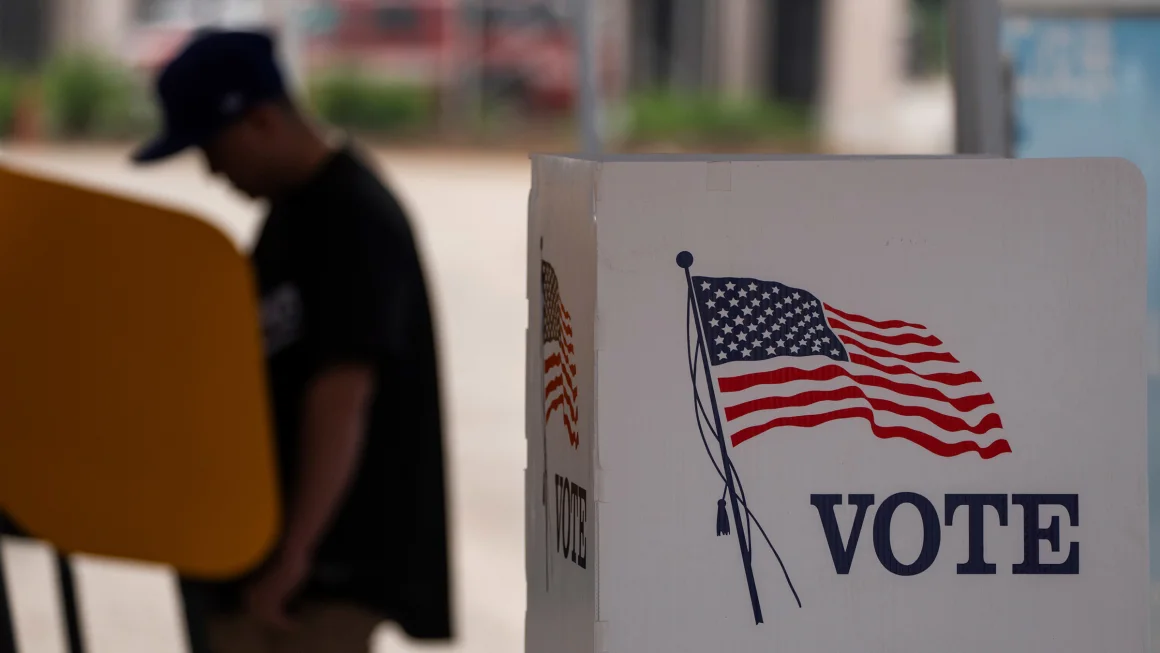California Voters to Decide on $18 Minimum Wage Increase
In the upcoming November elections, California voters will face a significant decision: whether to raise the state’s minimum wage to $18 per hour by 2026. The proposed wage increase has sparked debate across the state, with advocates arguing that it will provide essential support for low-wage workers, while critics warn that it could place a strain on small businesses and lead to job losses.
Proponents: Easing the Financial Burden on Workers
Supporters of the minimum wage increase contend that the current wage does not align with California’s high cost of living, especially in major cities like San Francisco and Los Angeles. The cost of housing, food, and essential services has risen steadily, making it challenging for low-income workers to make ends meet. Proponents believe that raising the minimum wage to $18 will help lift many workers out of poverty and reduce financial stress for families struggling to cover basic expenses.
Addressing Income Inequality
Advocates for the wage increase also argue that it is a necessary step toward addressing income inequality. California has one of the largest wealth gaps in the nation, with a high percentage of residents experiencing economic hardship despite the state’s overall economic prosperity. By raising the minimum wage, supporters hope to narrow this gap, enabling more Californians to participate in the economy and contribute to their communities. They believe that fairer wages will promote a healthier and more equitable state economy.
Opposition: Potential Impact on Small Businesses
Opponents of the $18 minimum wage increase caution that such a significant wage hike could create financial hardship for small businesses. Many small businesses operate on tight margins, and the additional payroll expenses could force some to raise prices, reduce hours, or even lay off employees. Critics argue that an across-the-board wage increase does not account for the varying financial capacities of businesses, especially in less affluent areas where profit margins are slimmer.
Risk of Job Losses and Automation
Another argument raised by opponents is the potential for job losses, particularly in industries with a high concentration of low-wage positions, such as retail, hospitality, and food service. Business owners may respond to higher wage costs by investing in automation or cutting jobs, which could ultimately hurt the very workers the increase is intended to help. Critics worry that an $18 minimum wage could accelerate trends toward automation, eliminating entry-level positions and reducing job opportunities for low-skilled workers.
The Broader Economic Implications
The debate surrounding the minimum wage increase also considers the broader economic implications for California. Some economists suggest that higher wages could increase consumer spending, stimulating local economies as workers have more disposable income. However, others warn that if small businesses close or cut jobs, the state could see an overall negative economic impact. The outcome of this decision will likely set the tone for wage policies in other states, making it a pivotal issue with nationwide implications.
Conclusion
The decision on whether to raise California’s minimum wage to $18 by 2026 presents a complex issue for voters, balancing the need for worker support with potential risks to small businesses and employment. The outcome of the vote will shape California’s economic landscape, affecting both workers and employers across the state. As Californians prepare to cast their ballots, they will weigh the benefits of higher wages against the potential consequences for the state’s business community, setting a precedent for future wage policies nationwide.










